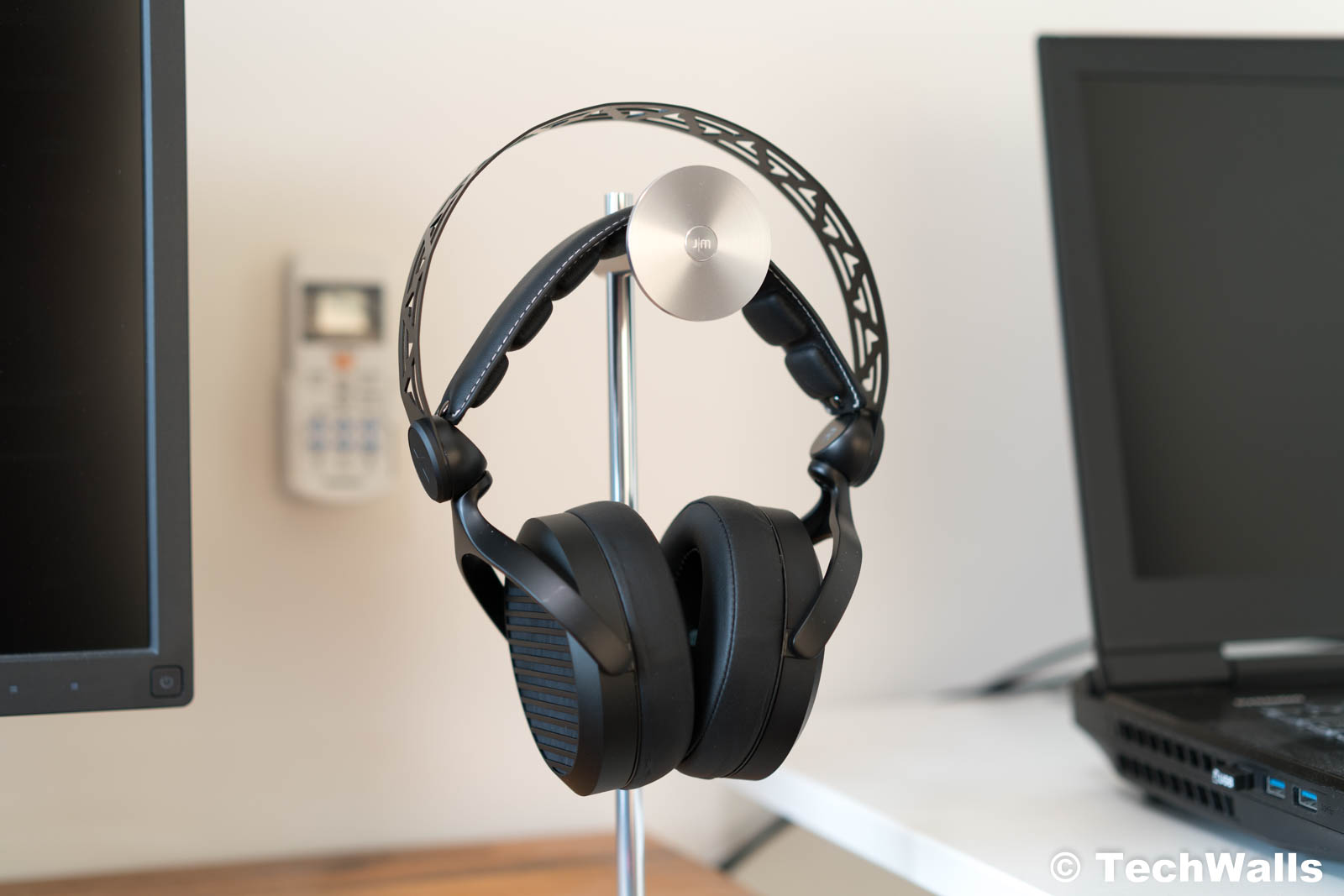

Windows: Microsoft Visual C++ 2012 Redistributable package (x86 or 圆4 version, depending on if a 32 or 64 bit version of the hedrot is being used).1 Honeywell HMC5883L compass (magnetometer).1 gy85 IMU daughter board with the following sensors:.1 USB to Micro-USB 2.0 cable, minimum length 1.5 m.1 Teensy 3 board (tested with versions 3.1, 3.2 and LC).Matthieu Aussal, CMAP - Ecole Polytechnique / CNRS (calibration routines).Jean-Christophe Messonnier (sound engineer).Alexis Baskind (sound engineer, main developer).Part of code is derived from Sebastian Madgwick's open-source gradient descent angle estimation algorithm ( ) Developers and Contributors Hedrot is licensed under the terms of the GNU General Public License (version 3) as published by the Free Software Foundation. Matthieu Aussal (CMAP - Ecole Polytechnique / CNRS) contributed to new calibration routines (version > 1.2) The first development phase of Hedrot has achieved in collaboration with the Conservatoire National Supérieur de Musique et de Danse de Paris ( ) as part of the "Bili" project ( ). The overall latency (including sensor latency and time constant of the algorithm) is being currently measured. The hardware latency of the Teensy board and USB communication relies below 2 ms. The technology was dramatically optimized for speed: the head tracker can deliver data at rates up to 2 kHz.
The estimation algorithm is based on a modified version of the precise and efficient open-source gradient descent algorithm from Sebastian Madgwick. a Teensy 3 or Teensy LC board (optimized Arduino-like board) combined to a IMU/MARG daughter board with 3 common sensors (Analog Devices ADX元45 accelerometer, Honeywell HMC5883L magnetometer and Invensense ITG-3200 gyroscope). The main application provided with the distribution, hedrotReceiver, sends this information as OSC streams, with the extra possibility to scale each stream independently.Ĭontrary to several generic open-source head tracking solutions, hedrot relies on and has been optimized for specific widely spread and efficient hardware parts, i.e. Hedrot provides an estimation of the rotation of the sensor (thus of the head if the sensor is attached to headphones) for the most usual x-y-z coordinate systems, either as a quaternion, or as a set of 3 orientation angles yaw, pitch and roll with two different orders (yaw-pitch-roll or roll-pitch-yaw).

Hedrot is especially suitable for binaural rendering (3D-Audio on headphones), and has been initially designed for use with the binaural renderer Bipan as part of the Bili Project. Hedrot (for "head rotation tracker") is a low-cost (around 25 euros with a teensy LC) and efficient open-source hardware/software solution for head tracking. Hedrot Note: the development of hedrot has been stopped and the project is currently not maintained.


 0 kommentar(er)
0 kommentar(er)
